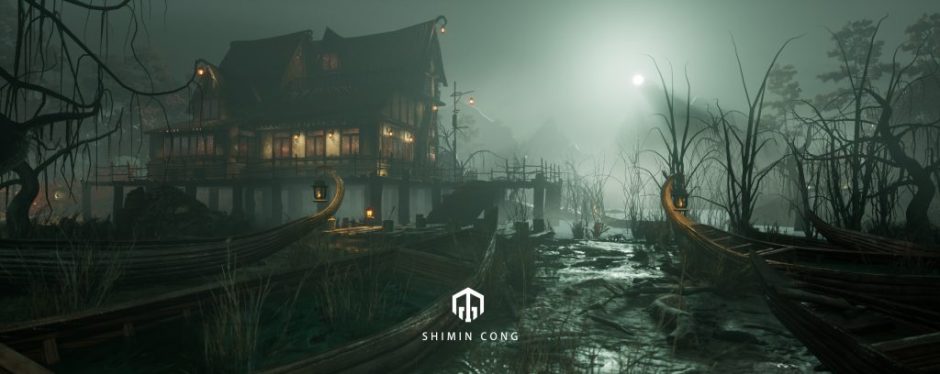In this week I mainly explained rendering in houdini, including mantra and arnold. Although I am familiar with Maya arnold, it took a long time to learn the course.
Compared with the previous three weeks, I encountered more problems in the Week4 course. The main problem is the installation and system matching in Arnold. Some versions will not display the Arnold plugin. Some versions of Arnold will be missing some nodes. In short, this process is very difficult. Below I will introduce some knowledge points I learned this week, from Mantra to Arnold.

Mantra
Mantra is the renderer that comes with Houdini, but it has the problem of slow rendering speed. Therefore, it is usually rendered with the help of external renderer plug-ins.The following figure is the output node window.


The upper and lower screens allow us to adjust the parameters and observe the rendering results at the same time, which is very convenient.

Adjusting the internal parameters of mantra can speed up real-time rendering. Otherwise, we will often face software crashes.

For the environment light node, we can choose some built-in hdr maps at the red mark.

As shown in the figure above, the difference between different bits have different possible colors. Hdr can reach 16 or 32 bits. Before this, I just knew that we often use 8 bit images for Base color map, Roughness map, Metallic map, normal map and 16 or 32 bit for Displacement map.


Hlight node includes many different types of light sources. It is worth noting that the spot light switch is at the red mark in the first picture, which is different from the position selected for other types of light sources.

The above picture is a simple mantra rendering. Pay attention to the position and direction of the main light source in the hdr map. At the same time, we can also adjust the sharpness of the shadows.

Principledshader is a material node of mantra.


As shown in the figure above, there are two ways to assign materials. If the material is assigned at the same time, Houdini will give priority to the material in Figure 1. In other words, if there is no internal material, the overall external material will be displayed.

All in all, the ACES plugin will make the rendered image have more color information.
Arnold

When we directly use the Arnold renderer to render, we will get the picture shown above. Pink indicates missing material information.


First, delete the original material through the attribute delete node, and then add the Arnold material. After adding a point light source, the rendering result shown in Figure 2 is obtained.

The Angle parameter of Arnold light can control the quality of the shadow. The larger the parameter, the softer the shadow.

Also in the light menu, the camera parameter can control the rendering and display of the light. This operation is similar to Arnold in Maya.

We often encounter a problem: after assigning a basecolor map to the arnold material, rendering cannot be performed.

The reason is that the .tx format file cannot be generated and therefore cannot be rendered. So after canceling the automatic generation of tx files, Arnold renderer can run normally. But new problems have arisen. The color of The grid is not the information of the basecolor map.

Unlike MAYA, the plane created by Houdini has no UV information. So there will be a phenomenon that the texture display is wrong. Therefore, we need to add a UVproject node to give the grid a UV information.

As shown in the figure is the correct texture information. At the same time, we can also adjust the parameters of the Arnold material node and change the material of the model.

We need to manually add image formats such as exr, jpg or png in the rendering output settings.


In addition, we can also view the rendering list and check the rendering information.

In addition, the rendering of the particle part is a difficult point. As shown in the figure, the particles are not rendered.

Adding Arnold lights.

Don’t forget to delete the original material information.

Interesting shader-flat

curvature can automatically calculate the edge of the model

Curvature and ramp are used together to control the color information of the model

The final basecolor map


As for the material of the particles, there is no color information after linking the 30.user date node. Age and life information is also not reflected.

The cause of particle rendering errors is loss of information. Always refresh the information after importing files back and forth, otherwise there will be some errors.

Timeshift node will affect the calculation of motionblur.

In the exported settings, in addition to the rendering parameters, rendering position, format, we also need to adjust the camera parameters, including the screen size and focal length.
